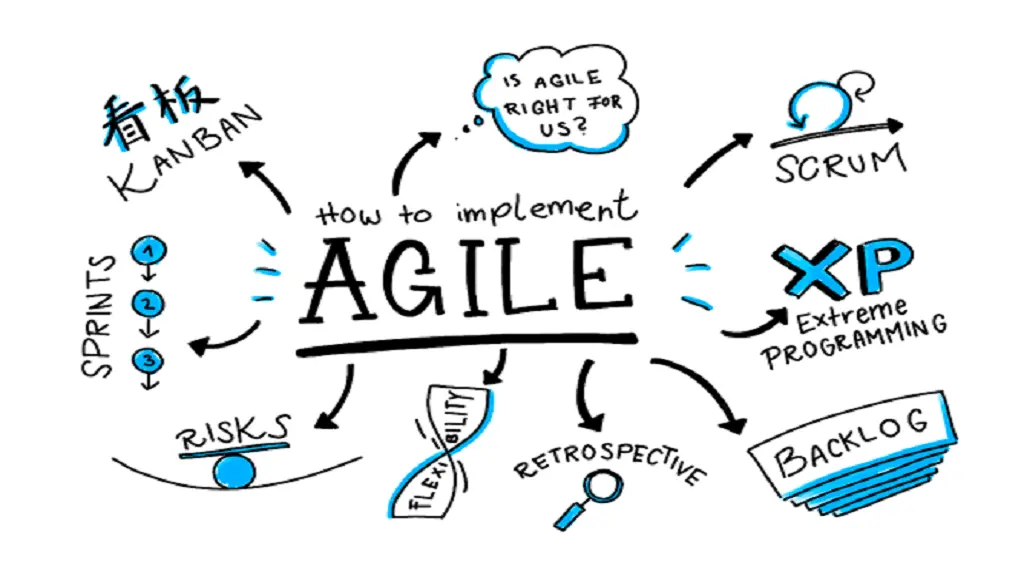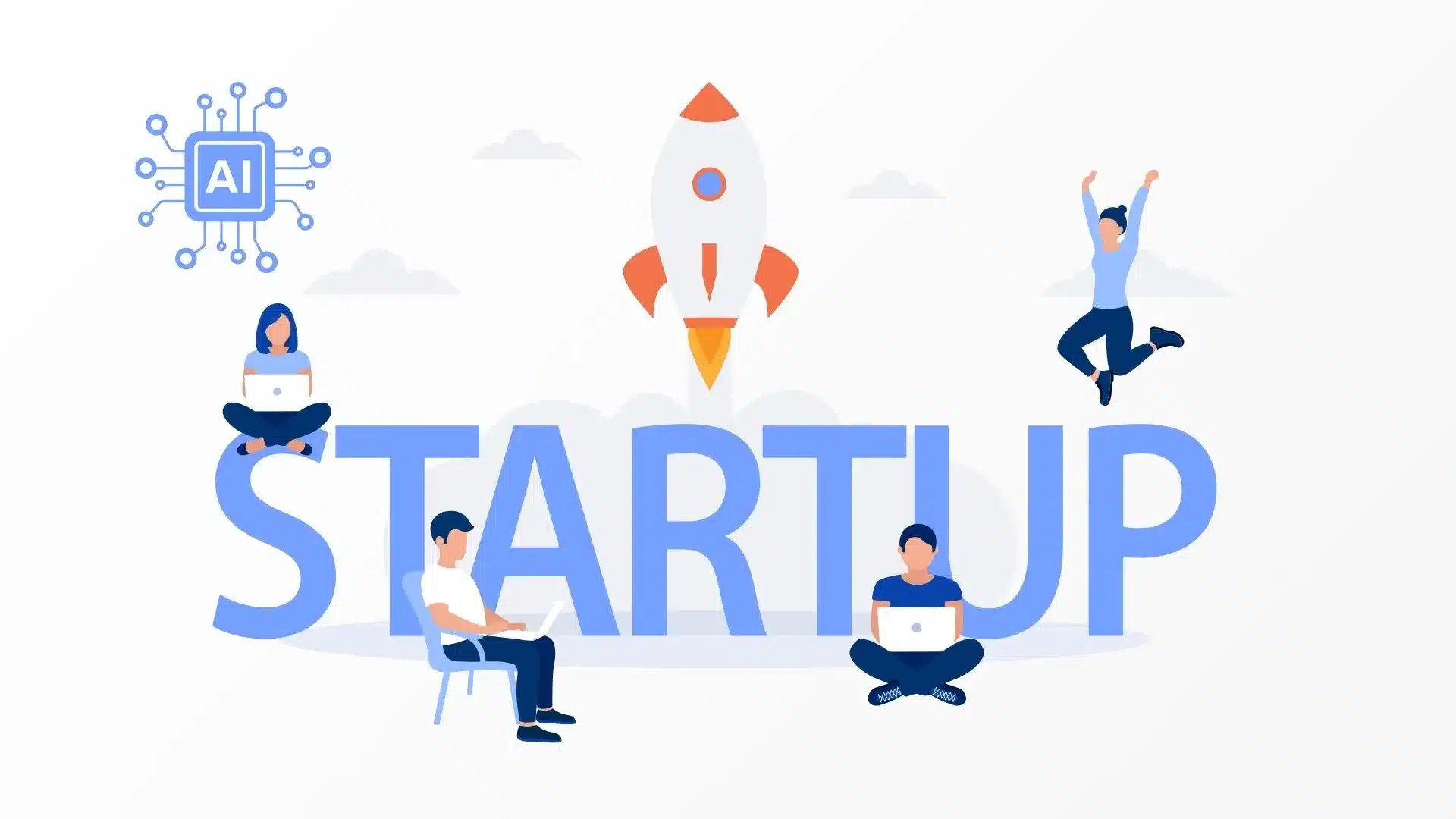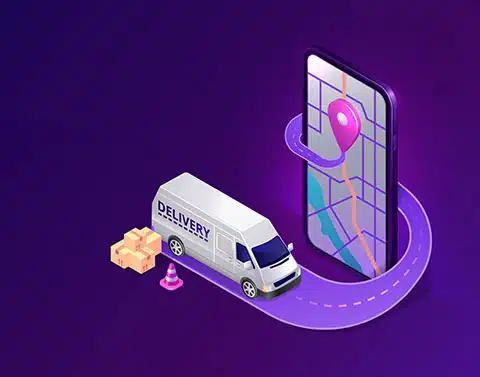There Are Some Essential Elements of Agile at Scale
Agile was first published as a work philosophy nearly two decades ago. Since then, it’s proliferated and trickled down into most software development companies in some form or another. Agile application development is a mainstay in the tech world. But proponents of the philosophy are beginning to look at the possibilities elements of Agile at scale.
Agile at Scale Explained
For those in the Agile software development industry, large-scale Agile means working with several teams across large organizations with the same methodology. But, these days, Agile has taken on different meanings, depending on who you ask. Agile has brought practices and methodologies to various other departments in the enterprise — not just development. Regardless of how it’s defined, one thing can be sure: Agile has grown up, and its influence in business culture and philosophy is anything but small.
So, how is this playing out in the real world? So far, results are mixed. Some companies, for example, Spotify and Lego, have managed to proliferate their Agile practices across their organizations with success. Other companies are finding it much more difficult, especially those whose cores don’t evolve around tech or work with Agile application development.
Scaling Agile and Scrum
It’s hard to hear anything about Agile without also hearing about scrums. But for large-scale Agile, team-level scrums just do not work. Of course, other methodologies have cropped up to deal with this deficiency, such as the Scaled Agile Framework (SAFe). This methodology has helped companies with traditional products move toward Agile principles.
And there are other alternatives too, like Disciplined Agile Delivery, large-scale Kanban, and Large-scale Scrum (LeSS). And still, others are taking on hybrid practices, like mixing team-level scrum with Gantt scheduling. And of course, there’s the trend of “Agile beyond software,” which has the hope of reaching far beyond software and creeping into sales, products, and management.
But these pre-made methodologies aren’t always optimal. What’s important is to instill an Agile mentality into your company. Any organization with large-scale Agile as a goal is going to share the same issues. This is what needs to be examined.
When an organization begins the transition to Agile, they first implement it at a team level. The team will likely see some positives and learn a few lessons about what to do moving forward. At this point, the organization expands elements of agile, at which point, they end up an impasse. Where do they go from there? This is where they realize two things:
Getting to a sustainable level of Agile is difficult.
The entire organization will need to adopt the mindset for success.
At this point, Agile can sometimes be abandoned under management’s pretense that the methodologies don’t work. But that’s not at all accurate. It’s a much better strategy to work through the hurdles and figure out what Agile means at each step of the way.
Positive Changes are the Only Constants
Your organization, as a whole, needs to understand that a continuous culture of improvement is going to test the company and the people. At some point, there will be failures. But this doesn’t mean you should give up on Agile. Agile transformation is best implemented as evolutions of your ideas about work. Some of the most successful adoptions of Agile have been organizations that implemented practices on a step-by-step basis until, one day, they took a look at themselves and realized they were Agile.
Don’t Neglect Vision
A common misconception about Agile is that it’s focused on the near-term and that it neglects vision. Agile can help align your organization’s teams to the higher-level vision of the business and its objectives. But to do this, there needs to be a long-term plan. Workers need something they can connect with and push for daily. But it should also take an approach that allows for pivoting and making changes when appropriate.
Conclusion
While it is undoubtedly challenging, scaling Agile is not impossible. And the efforts result in very real benefits for your organization, whether you’re doing Agile software development or selling physical products. But you need to have a flexible mindset in your culture. Your organization also needs to be able to evaluate the processes it uses now and be able to evolve those to work with Agile principles. But the bottom line is that, if your organization is open to new ideas, adapts to change, and never stops learning, then you’ve already adopted the Agile mindset.
Our experts can help you in developing your next world class apps.


























